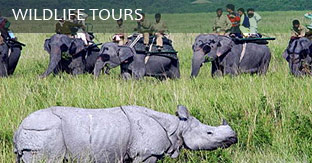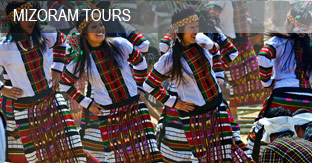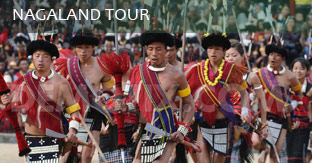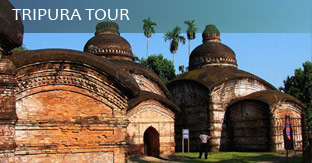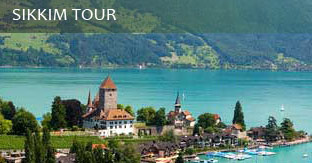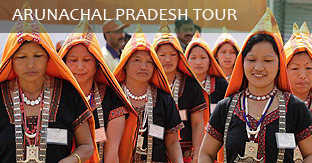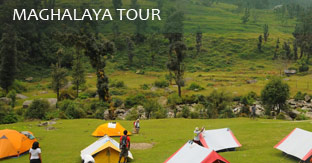ABOUT MEGHALAYA TRAVEL
Meghalaya is literally the ‘Abode of the Clouds’. The name describes the climatic phenomenon that brings torrents of rain to this region. Meghalaya is a region of great scenic beauty; a panorama of lush, undulating hills, fertile valleys, 250 species of orchids, meandering rivers, waterfalls, sparkling mountain streams and lakes. It was declared the 21st State of India on 21 January 1972. It united the areas of the Khasi, Jaintia and Garo Hills. The state approximately 22,429 square kms in area lies between the latitudes 25.10-26.50 N and the longitudes of 85.49 0 – 92.52 E. It is bounded by Assam in the north and the east and the plains of Bangladesh in the south and west. The State is divided into three hilly regions – the Garo Hills (Western Meghalaya), the Khasi Hills (Central Meghalaya) and the Jaintia Hills (Eastern Meghalaya).
CLIMATE
The state of Meghalaya is directly influenced by the southwestern monsoon that originates in the Bay of Bengal. The monsoon begins in May and continues until October. Mawsynram in East Khasi Hills district has one of the heaviest rainfalls in the world with a July average of 959 cms. The climate from November to April is almost dry. Winter begins in December and lasts until February.
THE LANGUAGE
The principal languages in Meghalaya are Khasi, Garo and English. However, the state language is English
FLORA & FAUNA
In Khasi Hills, there are more than 2,000 flowering plants in a radius of ten miles from Cherrapunjee. There are 150 species of ferns and a profusion of mosses, fungi and lichens. More than 250 species of orchids , 25 species of balsams, 20 species of palms, wild species of apples and rhlateau and 150 species of grass are available. In the upper hill regions from 1500 metres and above, in the central plateau of Khasi Hills, coniferous vegetations like pines, oaks and ferns are found. This makes a distinct and interesting natural vegetation belt. The dense jungles in Meghalaya provide a natural habitat for various wildlife – mammals, reptiles, birds and insects. Balpakram, in the East Garo Hills is the centre of wild elephants population. The other wild animals found here include: tigers, bisons, hoolock gibbons, boars, barking deer, sambars, leopards, apes and monkeys. Among reptiles, many kinds of snakes, poisonous and non-poisonous lizards are found here. There are also a wide variety of birds found in the higher altitudes. A special mention of the approximately 500 species of butterflies found in Meghalaya needs to be made, with some of them being very rare.
HOW TO GET THERE ?
By Air: Shillong, the capital city of Meghalaya is connected by helicopter service from Guwahati. Or else, one could take the daily flights to Guwahati and then travel by road – 100 kms (approx) ”
By Rail: Shillong is connected by North Frontier & North Eastern Railway via Guwahati. The nearest Rail head is Guwahati (127 Km.).

